As the weather starts to cool down in most parts of the world everyone needs to look at the affects of the cold on trauma patients. On scene, vehicles involved in an accident usually leave the patients exposed to the weather elements that can impact and change their condition. Studies have shown that close to 50 percent of trauma patients that EMS transports are unintentionally hypothermic when they reach the hospital. Now I’m sure that this study does not only include patients from motor vehicle accidents but we can learn from it and protect our patients better.
Let’s quickly review hypothermia and how the body loses heat:
- Hypothermia occurs when heat loss exceeds the body’s heat production.
- Radiation is the transfer of heat through the air from a warmer to cooler area, for example, when patients are left uncovered with large surface areas of skin open to the environment. Radiation typically results from an exposed head and can be responsible for 55% to 65% of a patient’s body heat loss.
- Conduction occurs through direct contact with cooler objects. It occurs when patients are in contact with metal carts, the ground, or fluids.
- Convection refers to the transfer of heat by the movement of air or liquid over skin. Drafts, irrigation fluids, preparation solutions, or baths can contribute to heat loss.
- Evaporation is the transfer of heat to the air from moist skin or mucous membranes. It occurs through wet skin, open body cavities, and the respiratory tract.
Protection from the elements.
Regardless of your department’s response time, protecting the patient from the weather elements is an important step in patient care on an extrication scene during the winter months. Consider the different exposure to the cold that our patient’s can have. First off, occupants traveling long distances often take off their heavy winter coats limiting their protection from the elements to just the clothes they are wearing. Rollover accidents will typically result in the majority of non-laminated window glass broken into small pieces scattered across the accident scene. Finally, the patients need to be protected from the elements with EMS gear like ReadyHeat blankets and extrication techniques optimized to reduce exposure of the patient.
EMS Treatment
Believe it or not, commonly used treatments and assessments can increase the chanced of our patients becoming hypothermic. Part of the trauma assessment is cutting or removing the patient’s clothing to check for injuries that were hidden. This exposure causes radiant heat loss when there is a significant temperature gradient between the environment and the patient’s skin. Did you turn the heat on in the back of your rig when you pulled the cot out? How quickly does your rig heat up after the rear doors were opened when it’s below freezing outside? The EMS world is taught to quickly remove the trauma patient from the cold environment as quickly as possible, raising the temperature in the ambulance, and covering the patient with a blanket. Many EMS rigs have Ready Heat Blankets or Electric HOTBAG Blanket Warmers. The trauma assessment can be completed by cutting away smaller areas of clothing at a time and quickly covering the exposed areas after assessing.
Cold Weather Extrication Techniques
An extrication scene can be just like a structure fire, we need to keep all the windows intact until it is time to manage the glass. The worst thing that can happen during the cold weather months is for someone to go around the vehicle and break all the windows and further expose the patient to the elements. Glass management is a technique that is evolving in the extrication world. Products like PACKEXE SMASH provide rescuers with the ability to laminate safety glass on scene with minimal manpower and little time. Once PACKEXE is applied to the windows the glass is managed and extrication can get started with the glass providing protection from the elements for the patients.
Keeping the patient warm is a simple step that can help with stabilizing the patient’s condition and protect from hypothermia. Kevin Sehlmeyer from Rescue Resources, LLC told me about a “”Cold Weather Lift” that he teaches in his extrication classes. In the picture below, notice that the driver side glass is still there along with the windshield. Packexe SMASH could be used to cover the rear window and the side windows to add strength so it could be left in place. The last step in the “Cold Weather Lift” before lifting the dash is to break the rear glass and cut the C-Post. If the rear glass is covered with Packexe SMASH, the C-Post can be cut without removing the rear glass.
In Sum
Unintentional hypothermia is a frequent prehospital complication seen in trauma patients that significantly increases morbidity and mortality. Although medics may initially find normal temperatures, removal of the patient’s clothing, heat radiation through large open wounds, and thermodilution with room temperature IV solutions all contribute to rapid heat loss. Patients need to be protected from the elements. This protection can be as simple as a heated blanket or warming IV bags before administering to the patient to advanced extrication techniques.
Sources:
 Boron Extrication An in-depth look into vehicle extrication and rescues involving today's automobiles
Boron Extrication An in-depth look into vehicle extrication and rescues involving today's automobiles
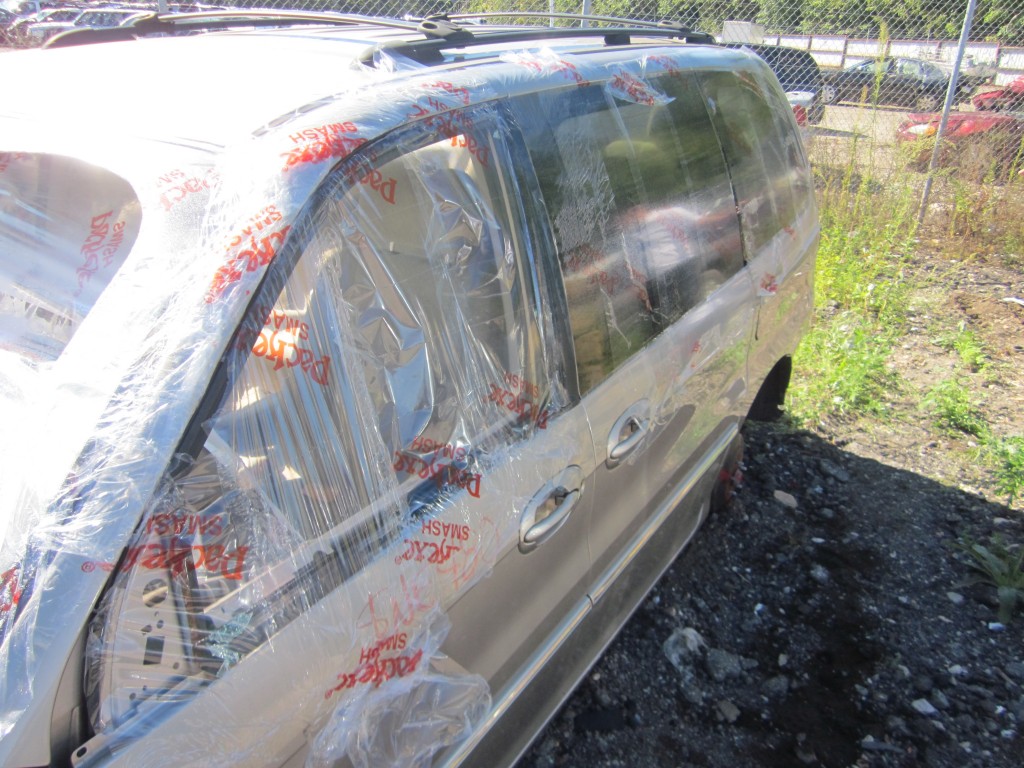
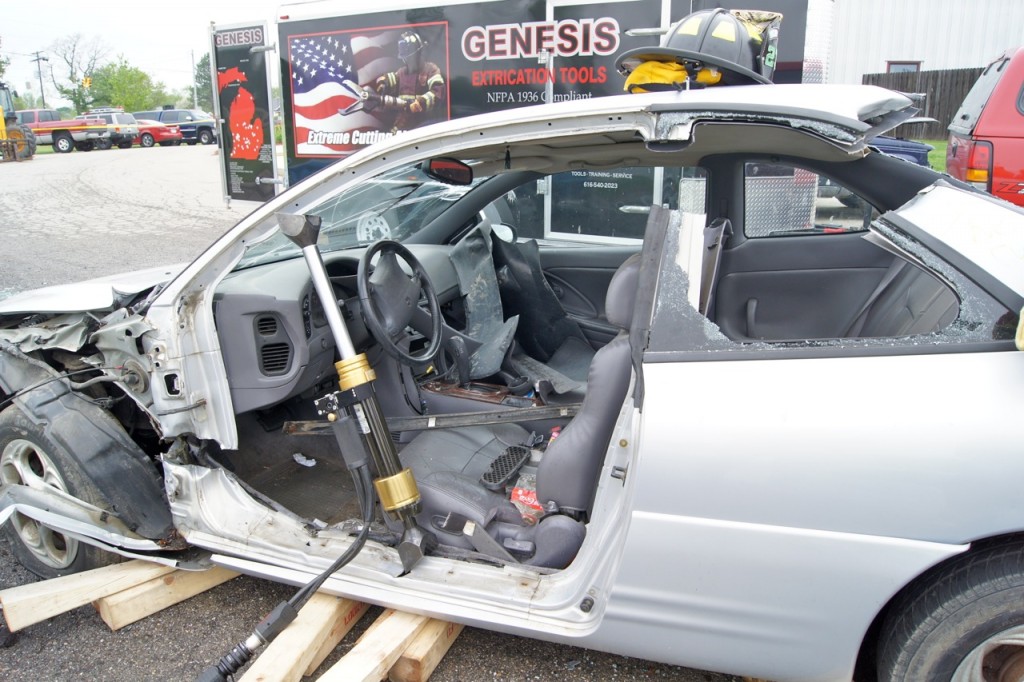
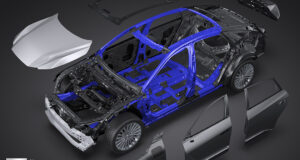
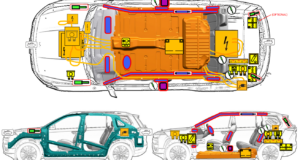
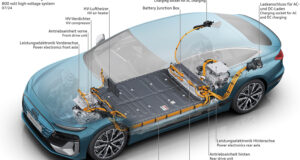
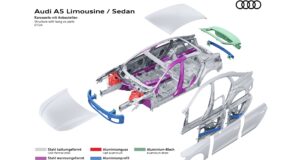
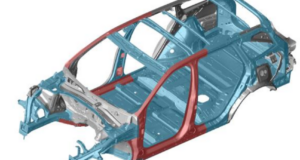
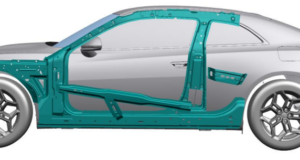
Good writing, except a simple google search yields the golden hour as bogus.